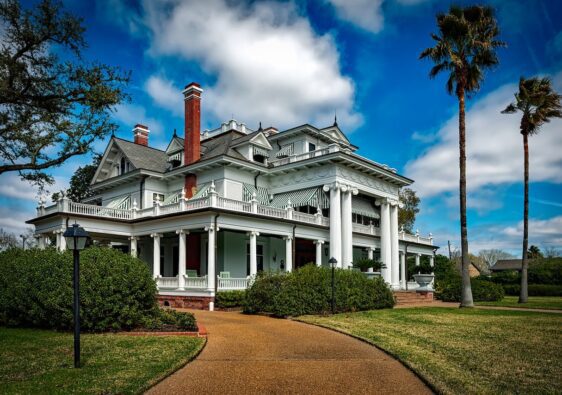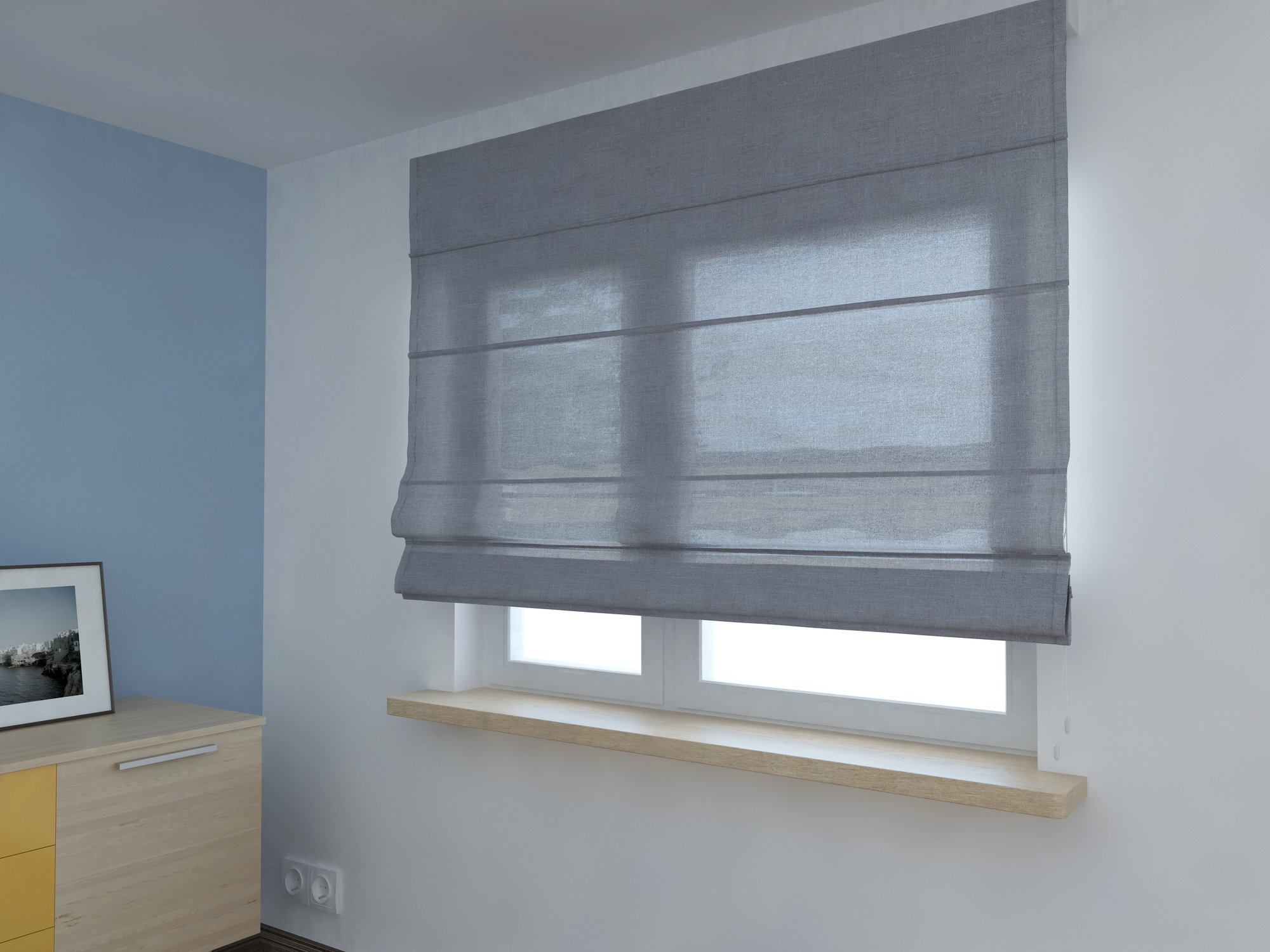In the midst of addressing climate change and environmental preservation challenges, the construction and design sector is adapting to include eco-friendly practices. A crucial component in this transition towards environmentally conscious building designs involves the implementation of HVAC (Heating, Ventilation, and Air Conditioning) systems that emphasize energy efficiency and ecological sustainability. This article delves into the vital function HVAC systems play in green building design and overall structural sustainability.
The Significance of Environmentally Conscious Building Design
Green building design, also referred to as eco-friendly or sustainable design, is an all-encompassing method that aims to create structures that not only conserve energy but are also environmentally responsible and resource-efficient. This design perspective takes into account various elements like energy, water, materials, and indoor air quality, with the main objective of reducing a building’s carbon footprint and minimizing its ecological impact.
The Environmental Effects of Traditional HVAC Systems
Traditional HVAC systems, while essential for maintaining comfortable interior environments, can be extremely energy-intensive and carry a significant ecological burden. They often rely on fossil fuels or electricity produced from nonrenewable sources, resulting in increased greenhouse gas emissions. Inefficient HVAC systems contribute to a large portion of a building’s total energy consumption, making them a crucial target for improving sustainability.
Energy-Efficient HVAC Systems
Green building design focuses on incorporating energy-efficient HVAC systems as a core aspect of sustainable construction, which helps reduce energy usage, minimize operating expenses, and lessen a building’s environmental impact. These systems achieve this by employing high-efficiency equipment like heat pumps, variable speed fans, and sophisticated control systems that notably decrease energy consumption compared to traditional setups. Additionally, they integrate renewable energy sources such as solar panels or wind turbines to power the HVAC systems, cutting dependence on fossil fuels and reducing the carbon footprint. Smart HVAC systems also utilize advanced zoning and control mechanisms to tailor heating and cooling to specific building areas, minimizing energy waste by directing conditioned air where it’s most needed. Finally, these efficient HVAC systems work hand in hand with passive design strategies like natural ventilation, daylighting, and thermal mass to lower the demand for mechanical heating and cooling, ultimately resulting in decreased energy consumption and a reduced environmental impact.
Indoor Air Quality and Comfort
Green building design prioritizes both energy efficiency and indoor environmental quality, with energy-efficient HVAC systems playing a vital role in achieving optimal indoor air conditions while minimizing ecological impact. These systems accomplish this through advanced air conditioner control that adjusts fresh outdoor air flow based on occupancy and air quality, leading to a consistent supply of fresh air without wasting energy. Additionally, they often feature sophisticated filtration and air purification technologies that remove contaminants from the indoors, creating a healthier and more comfortable atmosphere for occupants. Furthermore, these systems ensure proper humidity control, maintaining perfect levels to prevent issues such as mold growth or discomfort caused by excessive dryness or dampness.
Diminished Ecological Impact
Eco-friendly architectural design, coupled with energy-efficient HVAC systems, significantly contributes to reducing a building’s environmental footprint by cutting down energy use and embracing cleaner energy alternatives. This strategy offers holistic advantages, including not just lowered carbon emissions but also the conservation of natural resources, lesser water consumption, and a decrease in waste production. Energy-efficient HVAC systems support these goals through various measures such as energy conservation leading to reduced carbon footprints, innovative technologies that capture and recycle condensate water to minimize overall water use, embracing environmentally-friendly refrigerants with minimal leakage and reduced adverse effects on both the ozone layer and global warming, and a comprehensive lifecycle analysis promoting efficient functioning and extended lifespan, ultimately improving the building’s total lifecycle.
Incentives and Certification
To encourage the adoption of green building design and energy-efficient HVAC systems, various incentives and certification programs exist. These initiatives offer financial benefits, recognition, and guidance to building owners, designers, and contractors who commit to sustainable practices. One of the most well-known programs is LEED (Leadership in Energy and Environmental Design), which rewards buildings that meet specific sustainability criteria, including energy efficiency and indoor environmental quality.
Integrating eco-friendly HVAC systems into green building designs is not only a conscientious decision for the environment but also a pragmatic one. These systems decrease energy usage, minimize operational expenses, and offer a healthier, more comfortable indoor atmosphere for those within the building. As we tackle the issues of climate change and limited resources, green architectural design and sustainable HVAC solutions will become increasingly crucial in shaping a more eco-friendly future for our constructed surroundings. By prioritizing energy efficiency, indoor air quality, and lessened environmental impact, we can create buildings that cater to our immediate needs while also fostering a healthier and more sustainable world for upcoming generations.



